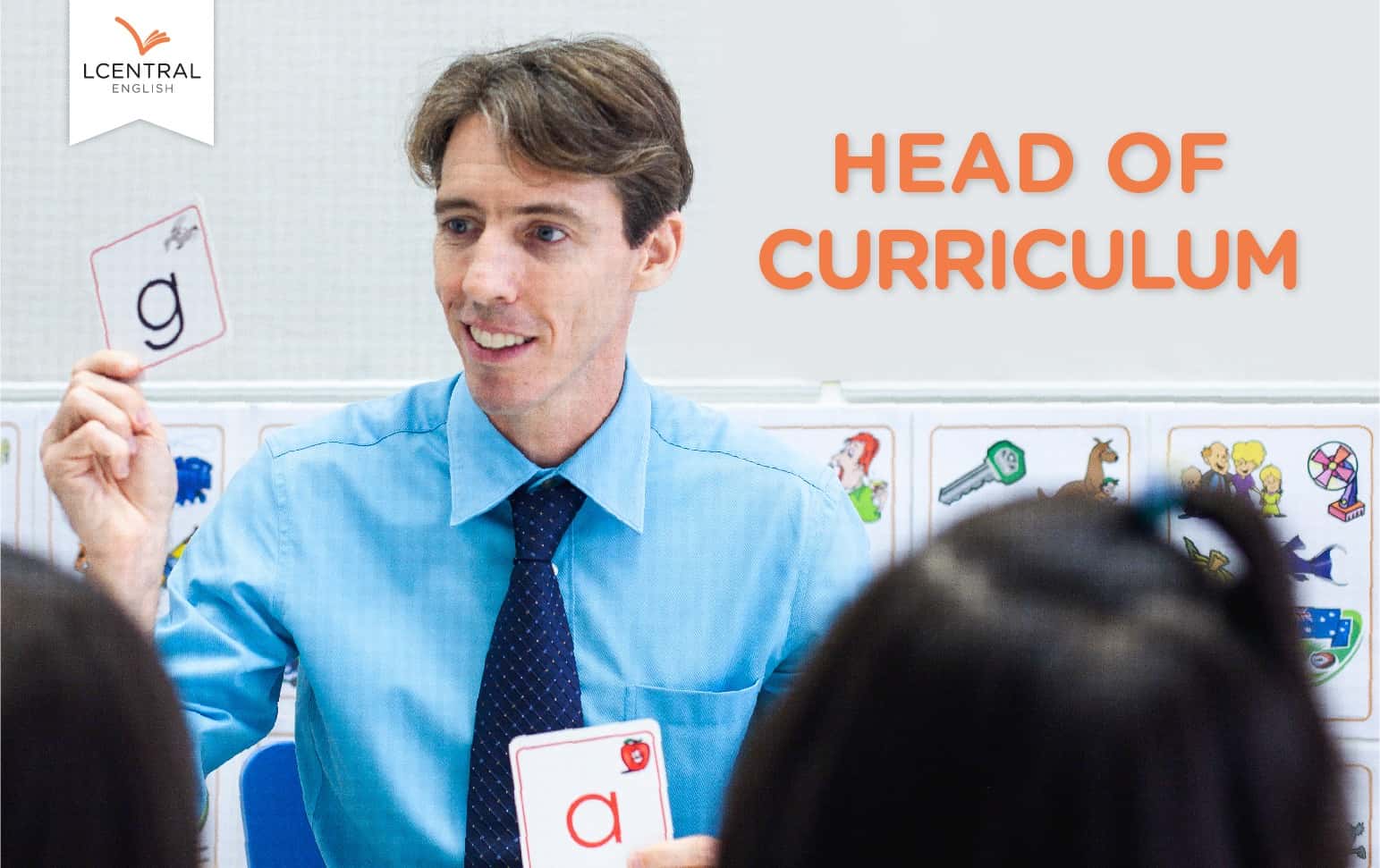Going Beyond Basic Phonics
Forty-four sounds and only 26 letters. Surely,something’s gotta give.

- What is it?
- How does it help?
- Why is it not enough?
In that article, we point out that the number of letters in English (26) and the number of sounds (44 in standard English pronunciation) do not match. So if phonics is “ a method of teaching people to read by correlating sounds with symbols in an alphabetic writing system” as stated in the Oxford English Dictionary, we should really ask: how do 26 letters correlate with 44 sounds? Don’t we have too many sounds, or more precisely, since oral language comes first, aren’t we short on letters?
Seemingly, the solution is simple. Create more letters! If we were designing a language from scratch or had absolute authority to fundamentally change all of written English, then that might be an option. Great thinkers have suggested logical revisions to the alphabet (e.g. the Shavian Alphabet). This question is as much political and philosophical as it is linguistic, so it’s safe to assume nothing is going to change between now and the time you start teaching your child to read!
#1 Don’t Throw the Baby Out

Although the English alphabet is an imperfect system with a long history, it is still a genuine guide on how to read. In many words, all the letters do represent their basic sound, i.e. the most common sound of each of the 26 letters of the alphabet. Short words like cat, dog, hot, mop, bag can and even some long words like fantastic correlate perfectly. There is a one-to-one letter-sound relationship.
#2 What about the Other 18 Sounds
So how do we bridge the letter-sound gulf? A common solution is using combinations of letters to represent a sound.

Double Vowels
While the letter ‘o’ alone often makes the short sound in hot, dog and mop, it changes when paired with other vowels. Read the following groups of words and try to guess the letter combinations and their associated sounds.
- Boat, soap, float, coat
- For these words and others like them, we cannot read the letter ‘o’ in isolation, we need to understand that the ‘oa’ pair represents a long vowel sound.
- Coil, spoil, coin, hoist
- Again, we need to see the two vowels working together to represent a sound that is different from the sound each letter represents on its own. You’re probably thinking that ‘oy’ makes the same sound – you’re right!
- There is a deeper rule governing this. Take a look at these words – ploy, toy, enjoy. See the difference? In English, words generally do not end with the letter ‘i’. So, in words with this last sound, it is represented by the letters ‘oy’ and not ‘oi’. (If you’re wondering about ‘enjoyment’, that’s a little different – it’s the word enjoy with the suffix -ment).
Similarly, the letter ‘a’ alone often makes the short sound in mad, dad and map , but it changes when paired with other vowels:
- Maid, paid, braid
- May, play, bray –
- Does this look familiar? Yes, it’s the same sound as above, but with the deeper rule applied. ‘Ay’ is just ‘ai’ in disguise!
These are just a couple of examples of double vowels, there are others. I’m sure you can think of some – or even find them in this article.
Double Consonants
- Just like the case with vowels, we need to see these letters working as a team, and not two letters in isolation. Here are some common examples:
- King, ring, bang – the final sound /ng/ is represented by the teaming up of ‘n’ and ‘g’.
- Fish, cash, mush – the final sound /sh/ is represented by the teaming up of ‘s’ and ‘h’.
- Thin, mouth, other – here, ‘t’ and ‘h’ team up to make the dreaded /th/ sound.
- Note that the letters ‘th’ actually represent two separate sounds. Put your hand (gently) on your throat and say the words thin and them . You should feel your throat vibrate when you say them . This is an example of a voiced consonant, i.e. where your vocal cords vibrate. (There are other sound pairs differentiated predominantly by throat vibrations. For some of these sounds, we have different letters to show the difference. Try it out with the sounds (f, v, t, d, k, g).
Conclusion

David Rollings is an innovative educator. He has worked in the education sector in Singapore for over ten years, and is extremely familiar with the educational landscape both in Singapore and in China. He has a thorough understanding of literacy development, language acquisition, English as an additional language, the MOE English language syllabus, curriculum review and development, and education management. He is LCentral’s Head of Curriculum, and is still very much in touch with day-to-day teaching, and is passionate about creating positive educational experiences for teachers, students and parents.
